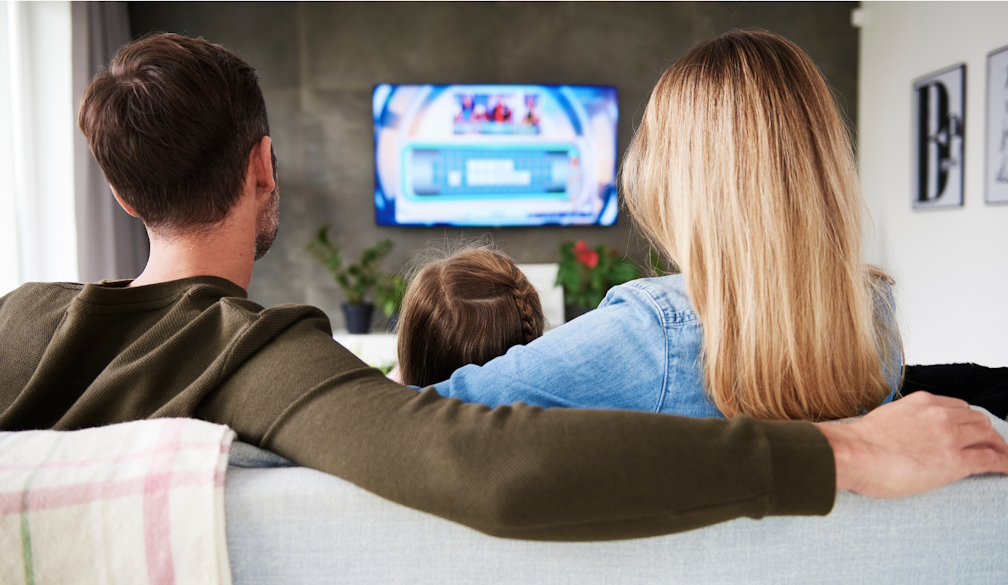In an election that played out on social media as much as TV, do leaders’ debates still matter?
- Written by Stephen Mills, Honorary Senior Lecturer, School of Social and Political Sciences, University of Sydney

With the election campaign now fading into the rear-view mirror, the parties, particularly the Liberals, will be reviewing their campaign strategies. A part of this will likely be the use of televised debates.
Leaders’ debates have been part of Australian election campaigns since 1984, but the 2025 campaign set a record of four televised exchanges between Prime Minister Anthony Albanese and Opposition Leader Peter Dutton.
The increased frequency, ever-evolving formats and fragmenting audiences[1] of these televised campaign rituals do not guarantee improved voter information.
Debates are idealised in international academic research[2] as a “public service event”.
But the evolution of Australian debates over four decades suggests voter education tends to be compromised by considerations of electoral strategy and network marketing.
Risk versus reward
Back in the 1980s, debates were a more stately affair – one-off events hosted by the National Press Club and carried by the national broadcaster.
This year, all four of the Albanese–Dutton exchanges were conducted in-house by the rival television networks.
In total, the four debates reached nearly six million viewers – though “reach” only measures[3] “the total amount of people who dipped in for at least 60 seconds on linear TV, and 15 seconds on streaming”, according to media publication Mumbrella.
Even allowing for party officials, election nerds and political scientists who watched more than one debate, these are still significant numbers, if lower than in decades past[4]. The Australian electorate, it seems, is not yet entirely jaded about politics and politicians.
Notably, squeezing four debates into a five-week campaign meant the last two took place with pre-polling under way.
For the networks, hosting a debate presents an opportunity to showcase their stars, generate “exclusives” and maximise audiences. Their interest lies in mistakes or conflict, not policy rundowns.
By contrast, for the Labor and Liberal campaign professionals, debates are primarily about risk minimisation. Debates are high-risk verbal combat: any gaffe, “gotcha” moment, forgotten statistic or ill-disciplined response in front of a live television audience carries a potentially high cost.
So leaders spend valuable campaign hours preparing for debates, rehearsing their talking points, workshopping zingers, probing ways of exploiting the other’s weaknesses and responding to their taunts and challenges.
They are structured such that they are not debates at all. There is no exchange, no rebuttal, no counterargument. For the most part, they resemble press conferences or studio interviews: formats in which the leaders are well practised and journalists are elevated to equal prominence with the political leaders.
What’s the appeal?
The principal motivation for both incumbent and challenger is that debates offer direct and protracted opportunities to articulate their key messages.
In an era of fragmented audiences and shortened attention spans, each network promoted and gathered the viewers for them.
Opening and closing statements in which the leaders outline their contrasting visions and policy themes operate like paid advertisements – but without the payment.
The parties can then repackage the highlights into snackable short videos for social media, giving it a long tail. Both[5] parties[6] did this in this election.
Indeed, debates are all about whose voice is heard in an election campaign. Leaders’ debates reinforce the dominance of the major parties. Labor and Liberal strategists alike resist any suggestion that they should share the debate platform with minor parties.
But while it remains true that only the major party leaders have a chance of forming a new government, the new reality of Australian elections is that the majors rely heavily[7] on preference flows from minor parties and independents, who thus have a legitimate claim to be heard on a debate stage.
Perhaps those in the live TV audiences who judged neither Albanese nor Dutton as winners of the debates were not “undecideds”, but minor party supporters.
Do debates shift votes?
Previous research[8] suggests debates tend to assist challengers more than incumbents. Opposition leaders have the additional advantage of standing on an equal footing with the prime minister.
The exceptions generally occur when incumbents look likely to lose the election and want to gain ground against their challenger. Think Paul Keating in 1996, Kevin Rudd in 2013 and Scott Morrison in 2019, who all agreed to multiple debates.
In 2025, Albanese joins that list, given his poor poll standings[10] before the campaign began.
It is not possible to measure what, if any, effect the four debates had on Albanese’s turnaround during the campaign. Voter effects are notoriously difficult to measure.
The Australian Electoral Study[11] has identified only modest effects in previous campaigns. Perhaps thanks to confirmation bias, debates are more likely to reinforce than change opinions.
But the 2025 campaign may suggest something more. The campaign certainly saw significant shifts in opinion, including in perceptions of the two leaders. In Newspoll, Albanese surged[12] as preferred prime minister, and as more likely to make Australians better off over the next three years.
With hindsight, it seems clear that voters warmed to Albanese’s confidence, consistency and plans for the future, and cooled on Dutton’s policy-light focus[13] on grievance.
My hunch is the extended exposure of the leaders over four debates, right through the campaign and into the early voting period, provided some fuel for that change in perception.
References
- ^ fragmenting audiences (mumbrella.com.au)
- ^ academic research (www.routledge.com)
- ^ only measures (mumbrella.com.au)
- ^ decades past (researchsystem.canberra.edu.au)
- ^ Both (www.tiktok.com)
- ^ parties (www.tiktok.com)
- ^ rely heavily (www.roymorgan.com)
- ^ Previous research (www.taylorfrancis.com)
- ^ Lukas Coch/AAP (photos.aap.com.au)
- ^ poor poll standings (www.abc.net.au)
- ^ Australian Electoral Study (australianelectionstudy.org)
- ^ surged (theconversation.com)
- ^ policy-light focus (theconversation.com)
















